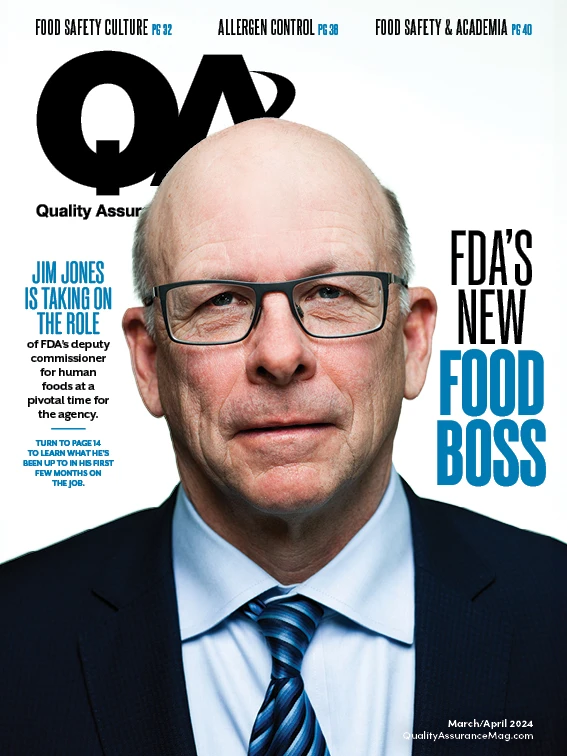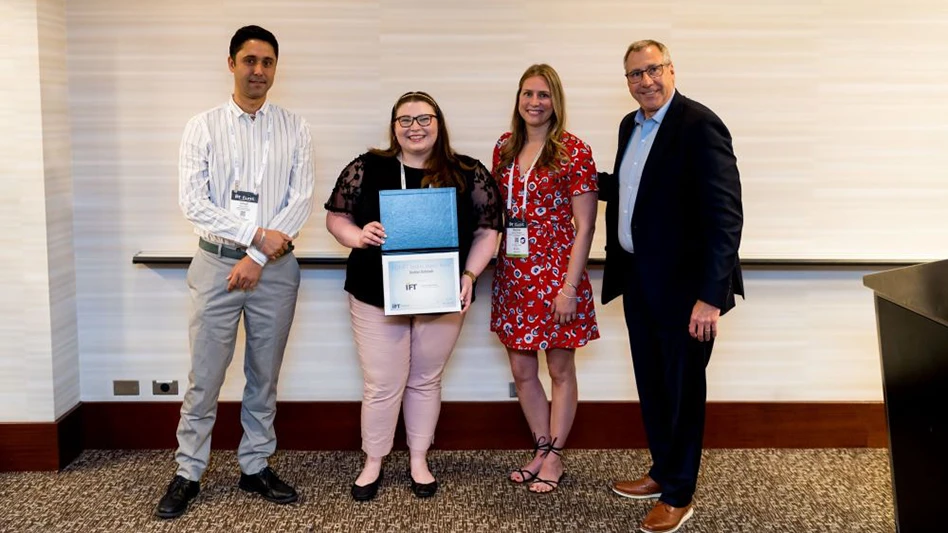
What’s a logical cockroach control solution and an integral aspect of any Integrated Pest Management (IPM) program?
Starve them out.
Chelle Hartzer explained research tests that involve offering an enticing buffet for cockroaches — then cutting down the food supply to the tiniest amounts. “Those populations grow slower, they don’t reproduce as quickly and die of starvation in some cases,” said Hartzer, B.C.E., PCQI, 360 Pest Consulting. “They have to spend so much time and energy to find food that they are not creating the next generation, which limits the population. With monitors in places where there might be food, you can capture them.”
Effective control requires steadfast sanitation practices.
“The two key aspects of sanitation are first, to do it, and second, to be aware of where you can’t do it and put implementations in place to manage those areas,” Hartzer said.
Managing miniscule crumbs and clearing away dust-sized particles of waste from production lines presents a challenge. “A lot of food factories are running 24/7, and you can’t get into every piece of equipment every evening to clean them,” Hartzer acknowledged.
The solution: a sanitation schedule, assigned roles, boxes to check and periodic deep cleanings. “I have seen some amazing master sanitation schedules and no one picked up a broom,” Hartzer said.
Follow-through is essential.
Establish cleaning schedules, educate employees and check in regularly, advised Patricia Hottel, technical director at Rentokil-Terminix. “Facilities should have regular meetings with staff to remind them of their roles and the importance of keeping the facility clean and pest-free,” she said.
Exclusion is equally important, Hottel said. “This means reducing cockroach migration from outside via sewer systems on incoming shipments and by way of employees,” she said. “It also means eliminating cracks and crevices, which provide shelter inside the facility.”
Sydney Crawley, principal vector scientist, Rentokil- Terminix, echoed the importance of sanitation. “Cleaning up debris once a week or once a day may not be enough to limit food resources,” she said.
Sanitize areas under and behind equipment, ensure proper storage of perishable goods and remember general-use spaces such as break rooms, refuse disposal and equipment storage.
“Always inspect incoming shipments,” Crawley said.
The bottom line: “We provide cockroaches with a plethora of harborage sites in a food facility, and they are well equipped to take advantage of this,” she said. “Sanitation is an essential part of the IPM program needed for cockroach control.”
A pest management provider can strategically set out bait, but without cleaning, you’re controlling — not eliminating. When food is nixed from the equation, those baits and treatments are significantly more effective. “Removal of other food sources encourages cockroaches to feed from the bait,” Crawley said.

Explore the March/April 2024 Issue
Check out more from this issue and find your next story to read.
Latest from Quality Assurance & Food Safety
- Multistate E. coli Outbreak Linked to Iceberg and Romaine Lettuce Blend
- FDA, USDA Seek Information About Food Date Labeling
- William Marler, Food Safety Advocate and Lawyer, Condemns Lack of Safety of U.S. Food Supply
- AFDO Infographics Illustrate State-Level Impact of FDA’s Proposed Budget Cuts
- Multistate Outbreak of Salmonella Typhimurium Linked to Cucumbers
- USDA Begins National Milk Testing Strategy to Address H5N1 in Dairy Herds
- USDA Announces Grain Inspection Advisory Committee Appointments
- Eagle Product Inspection Highlights FA3/M Fat Analysis Machine for Meat Inspection





